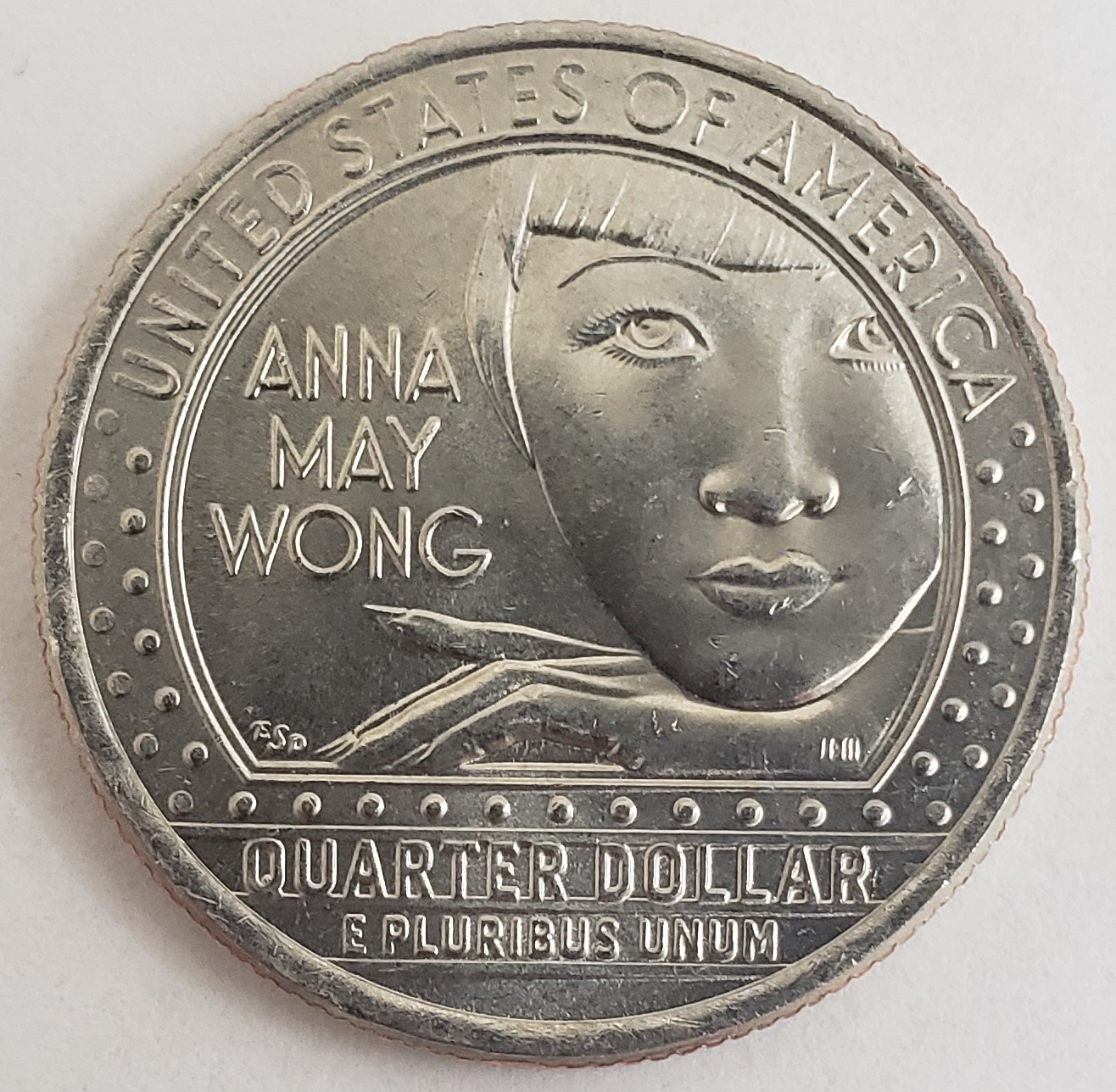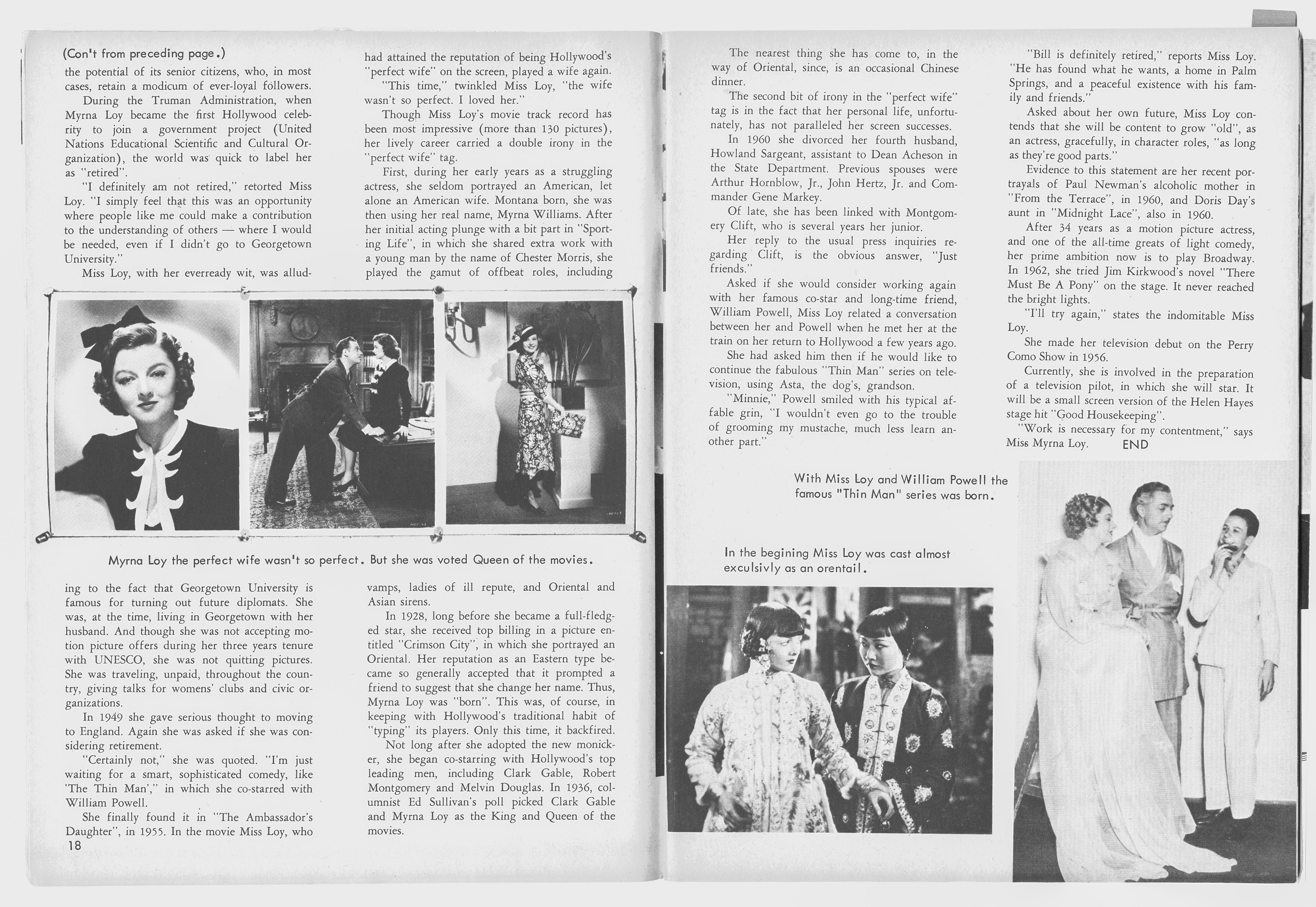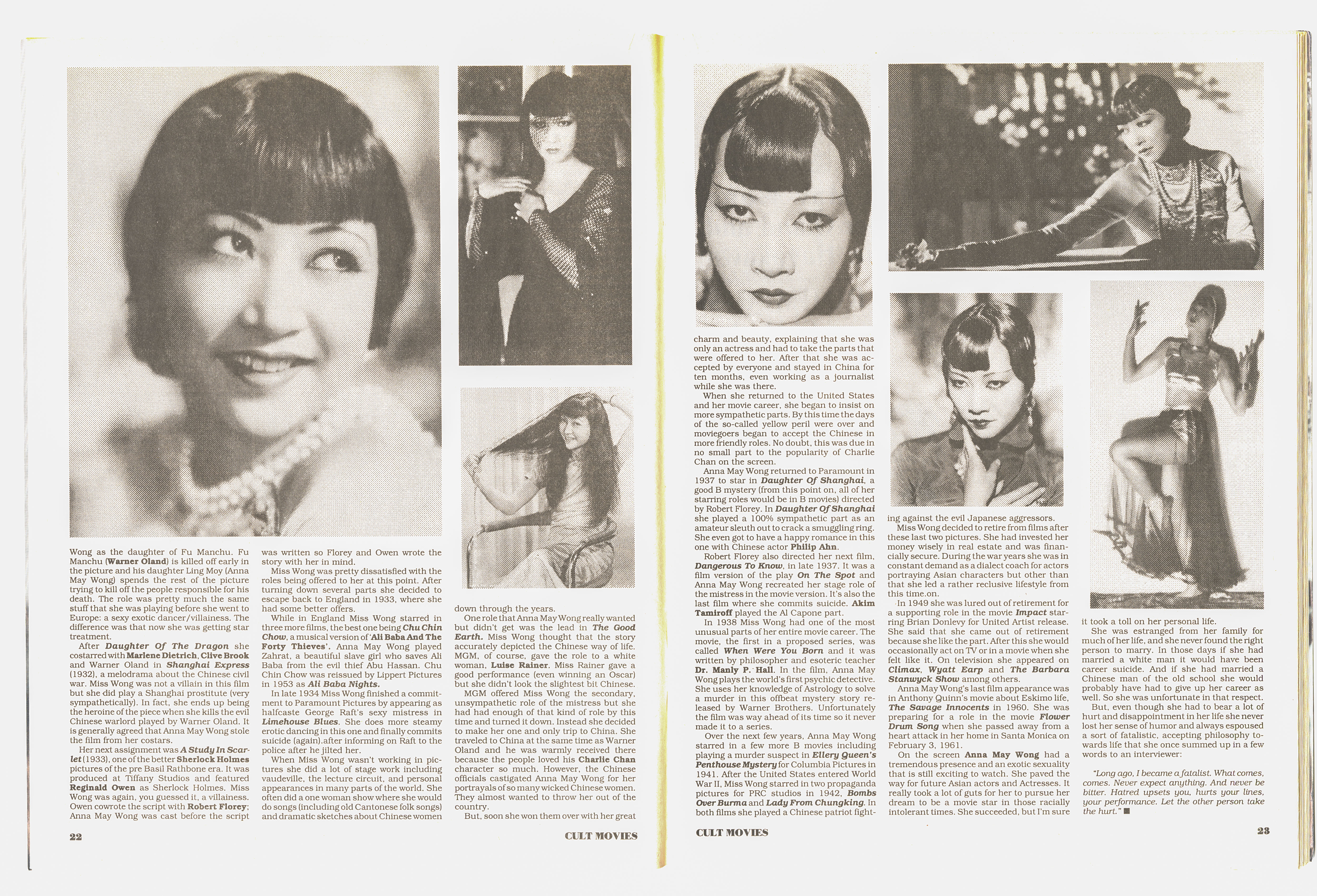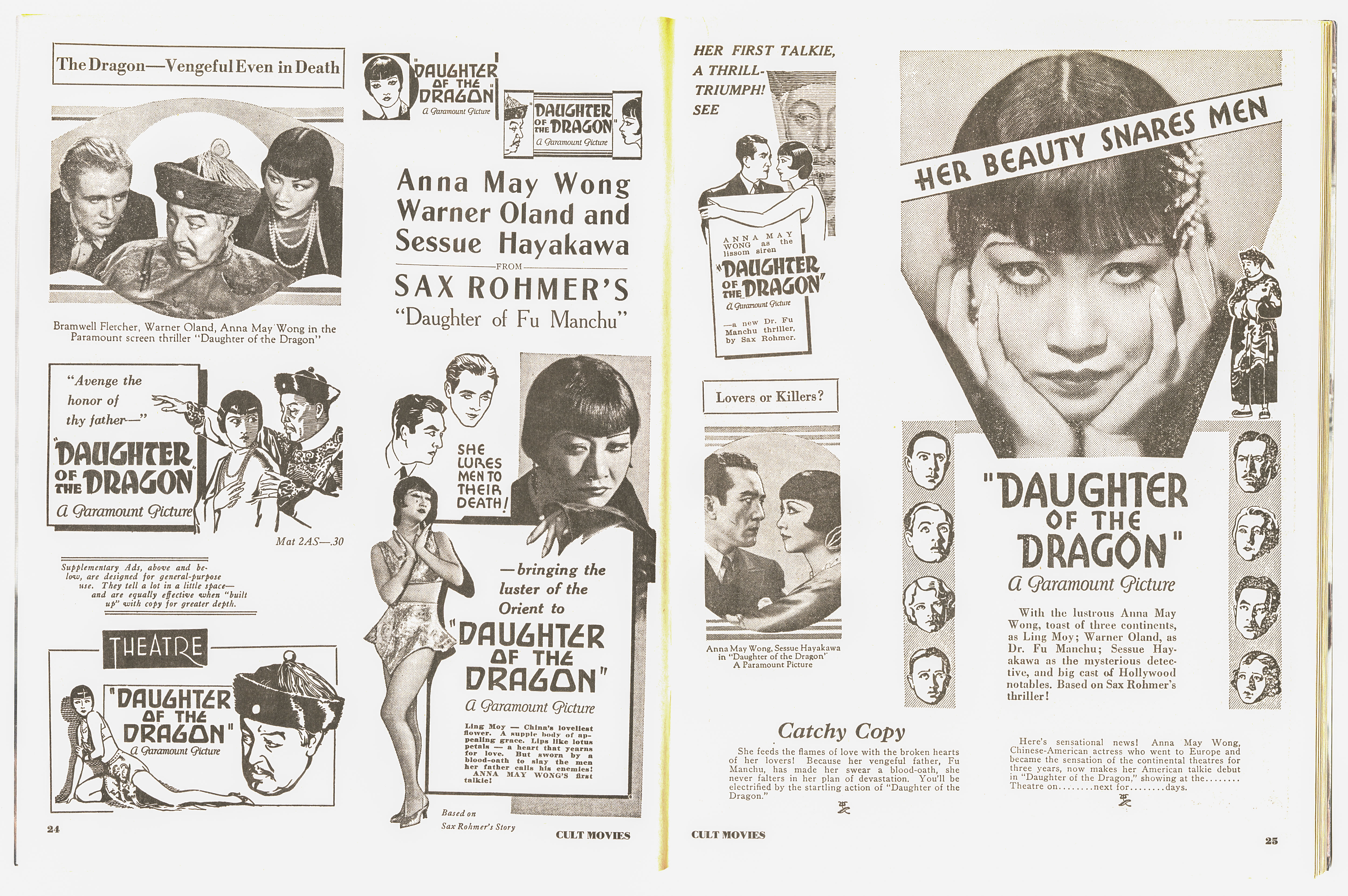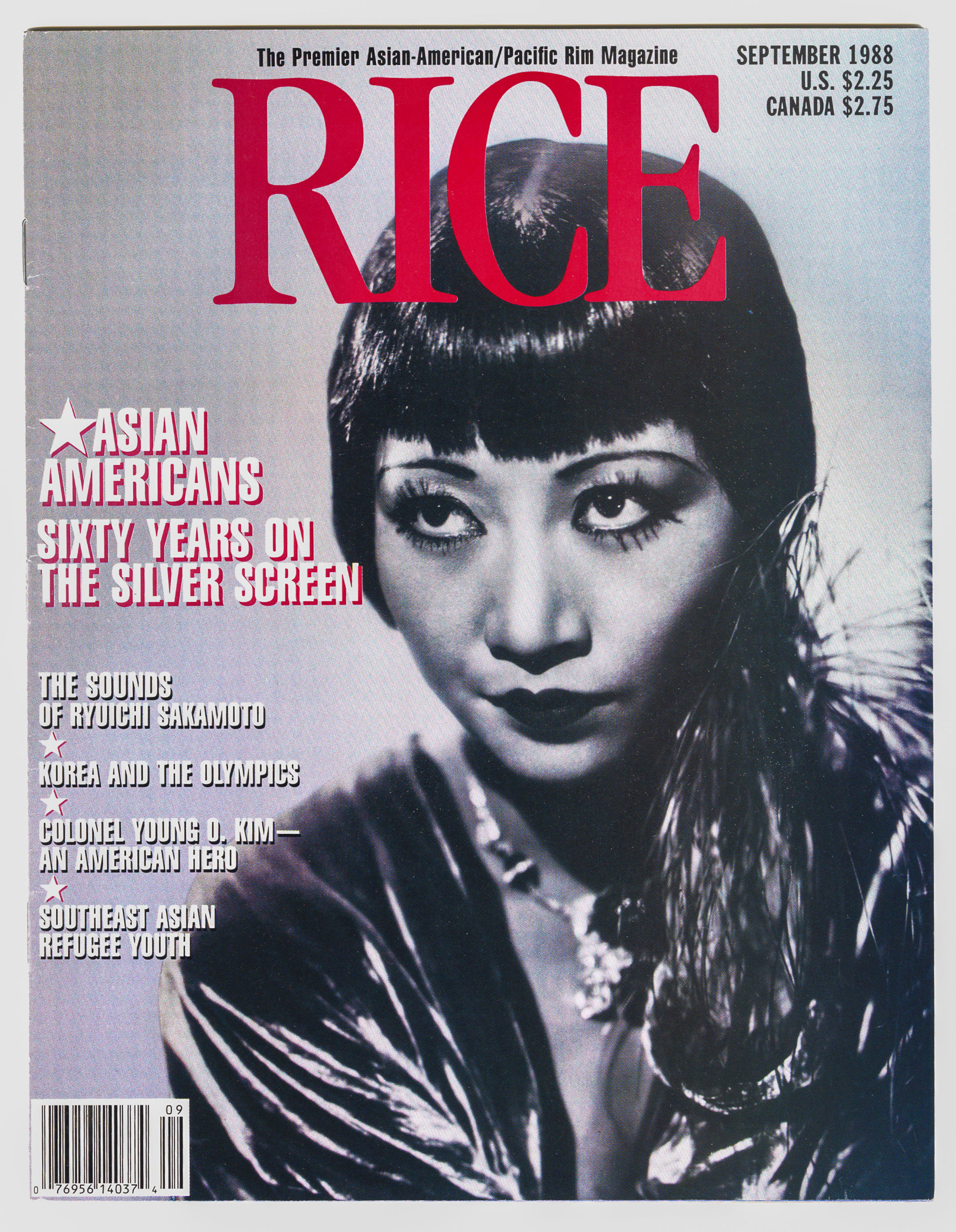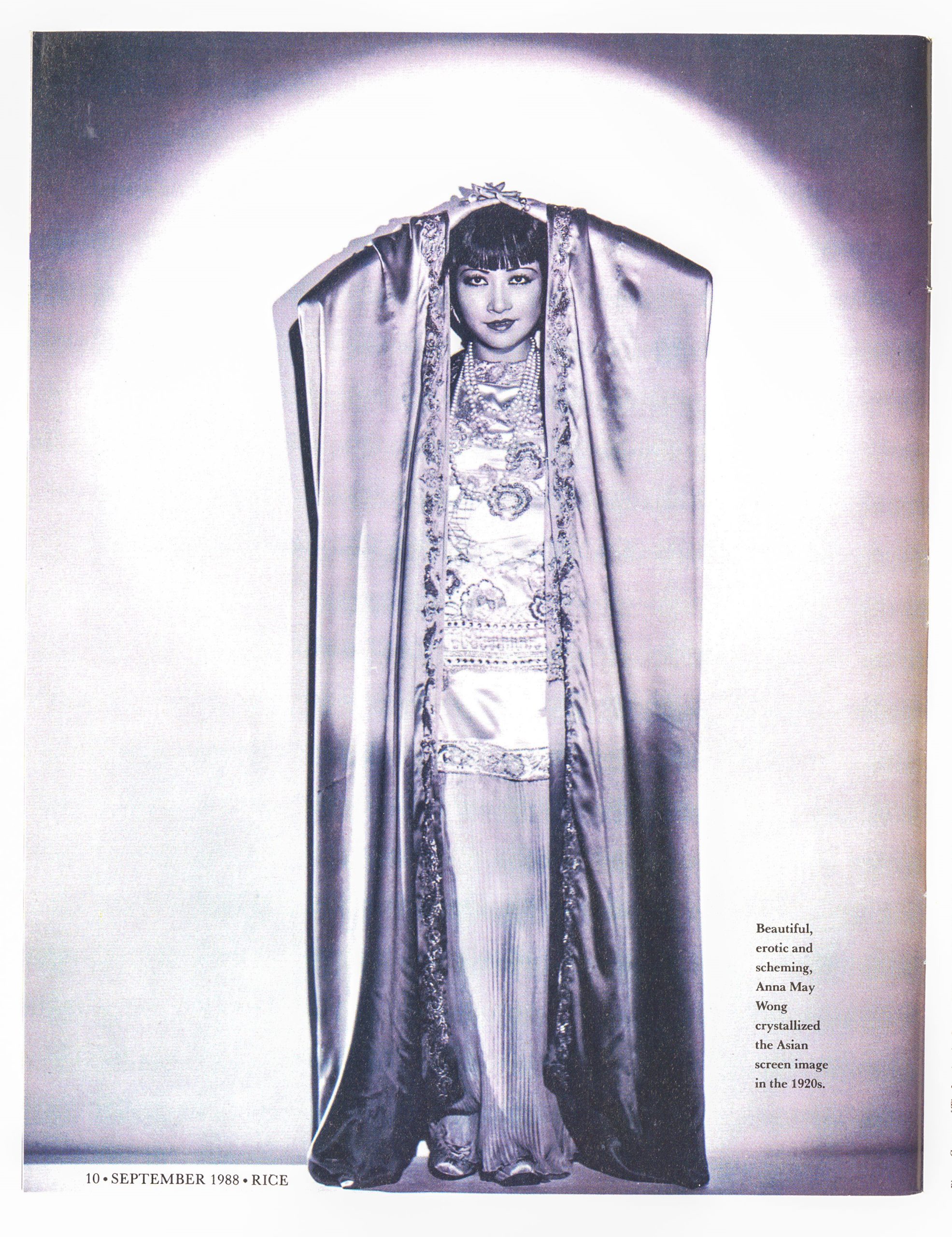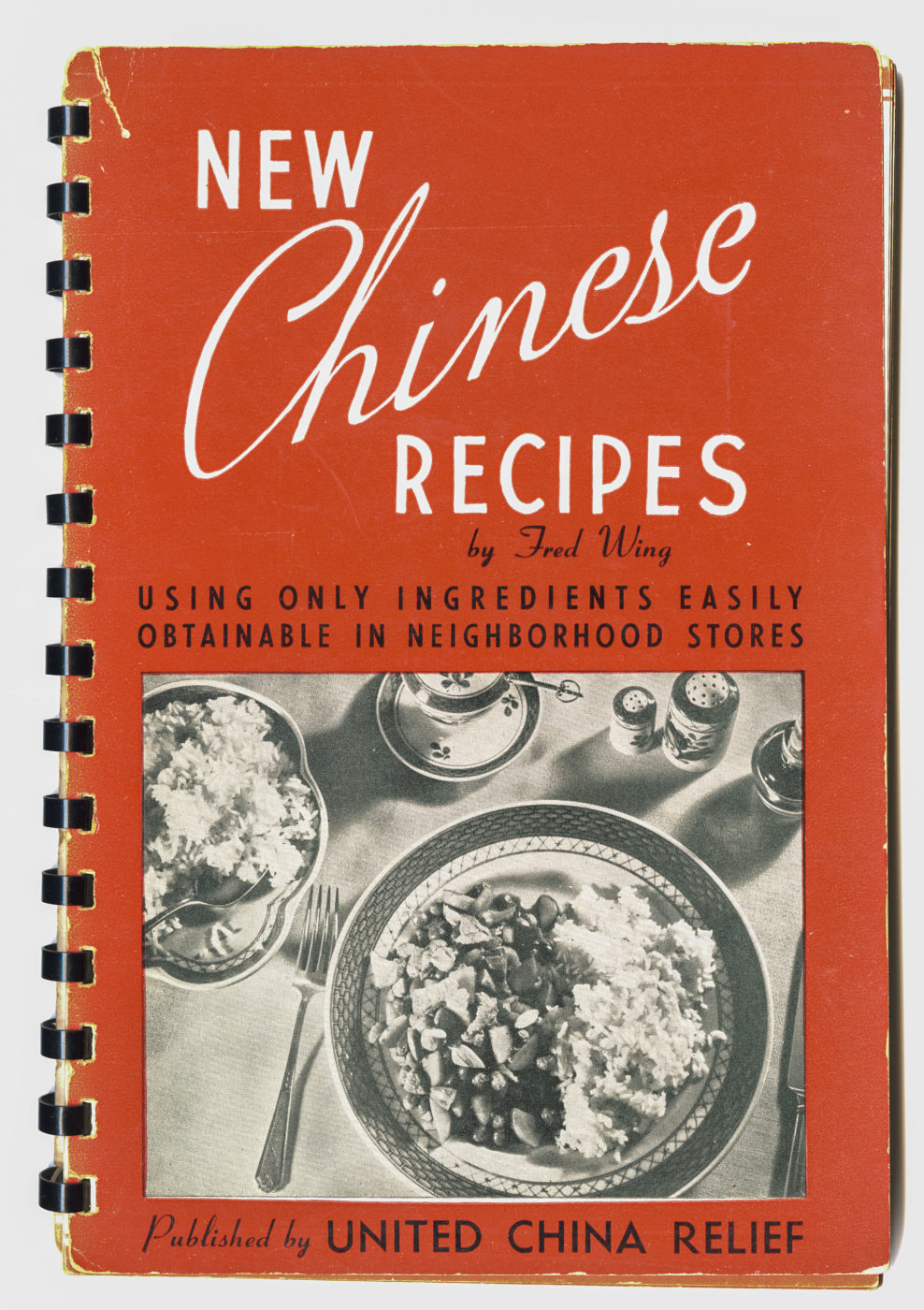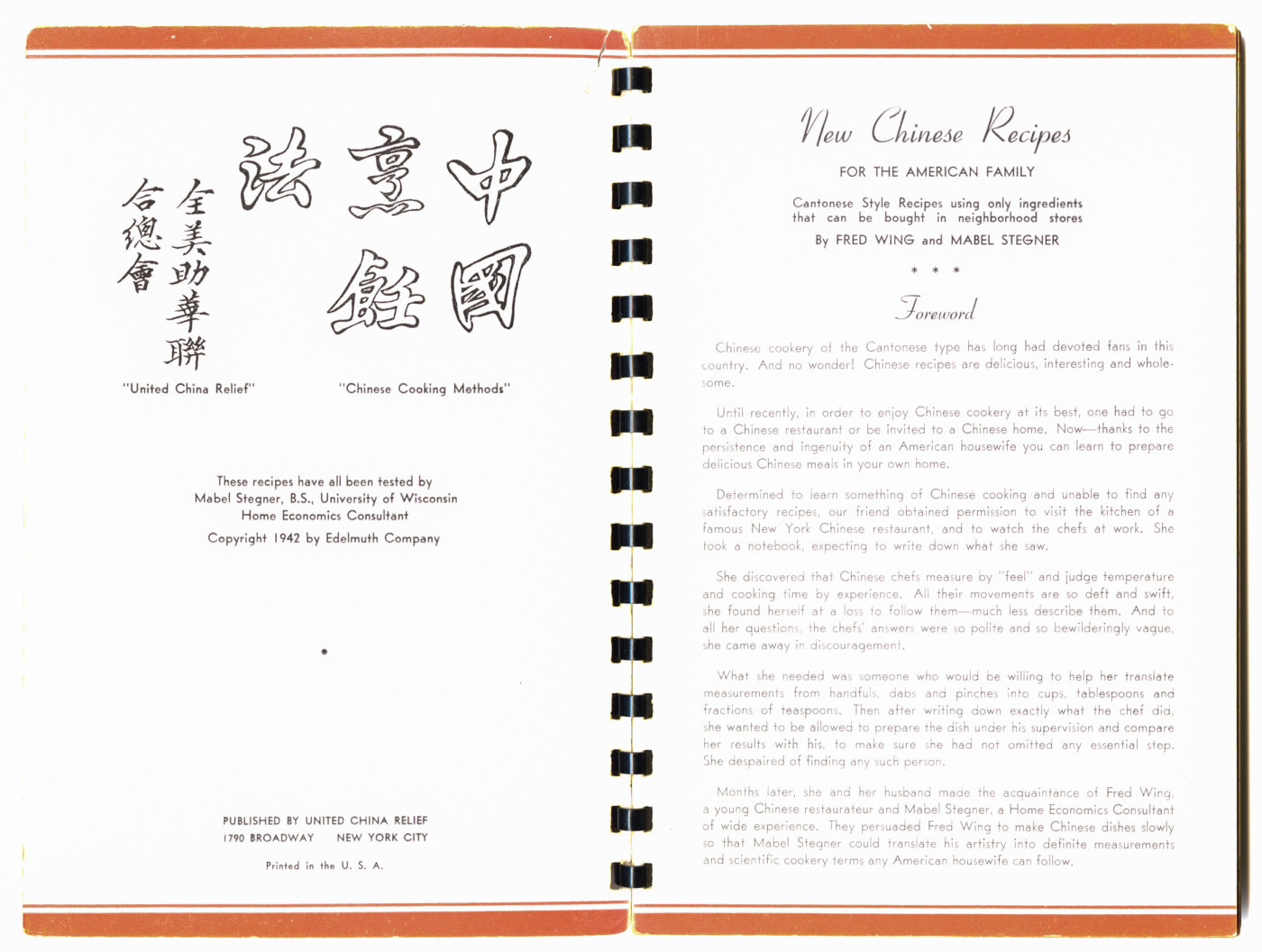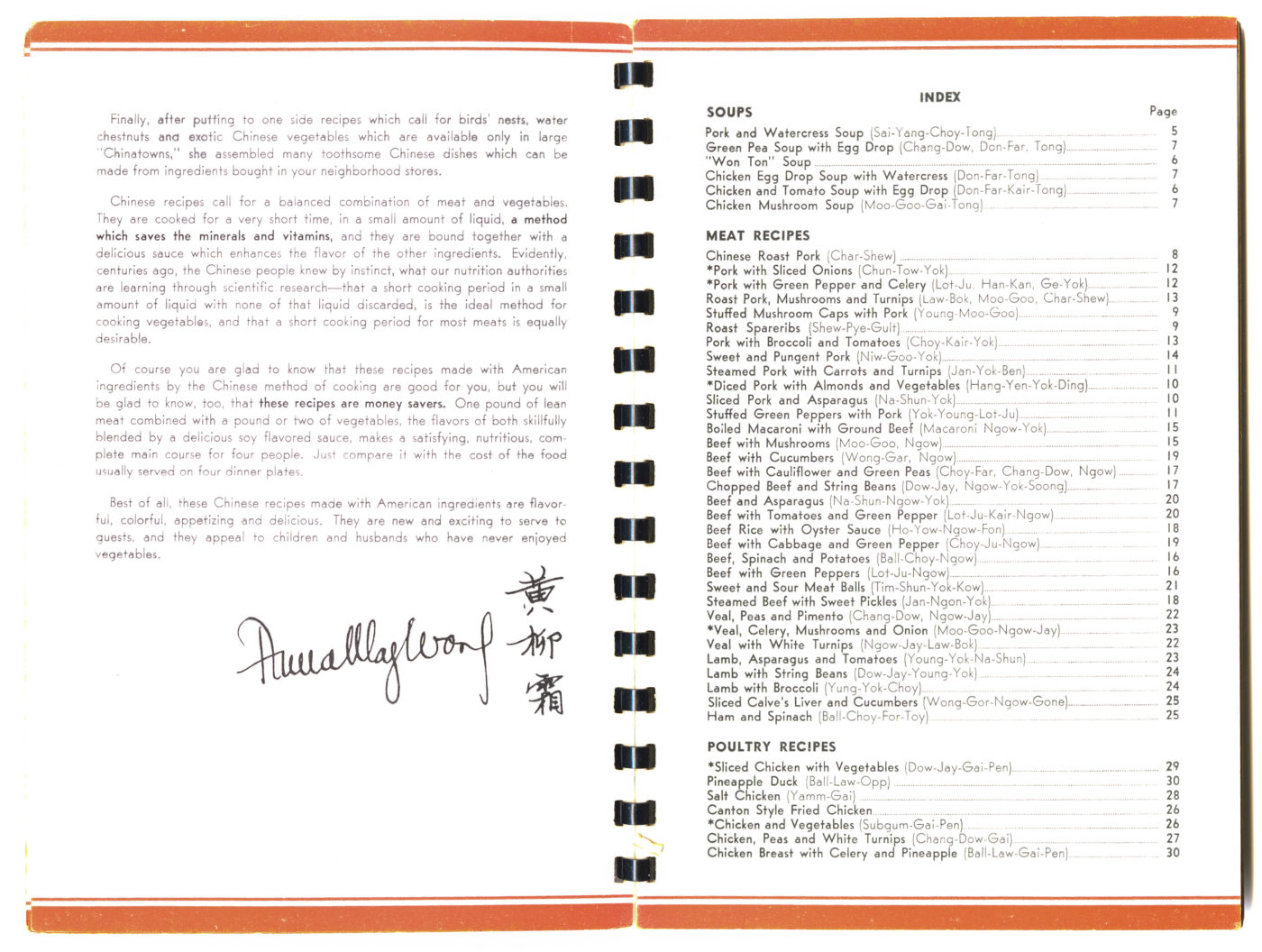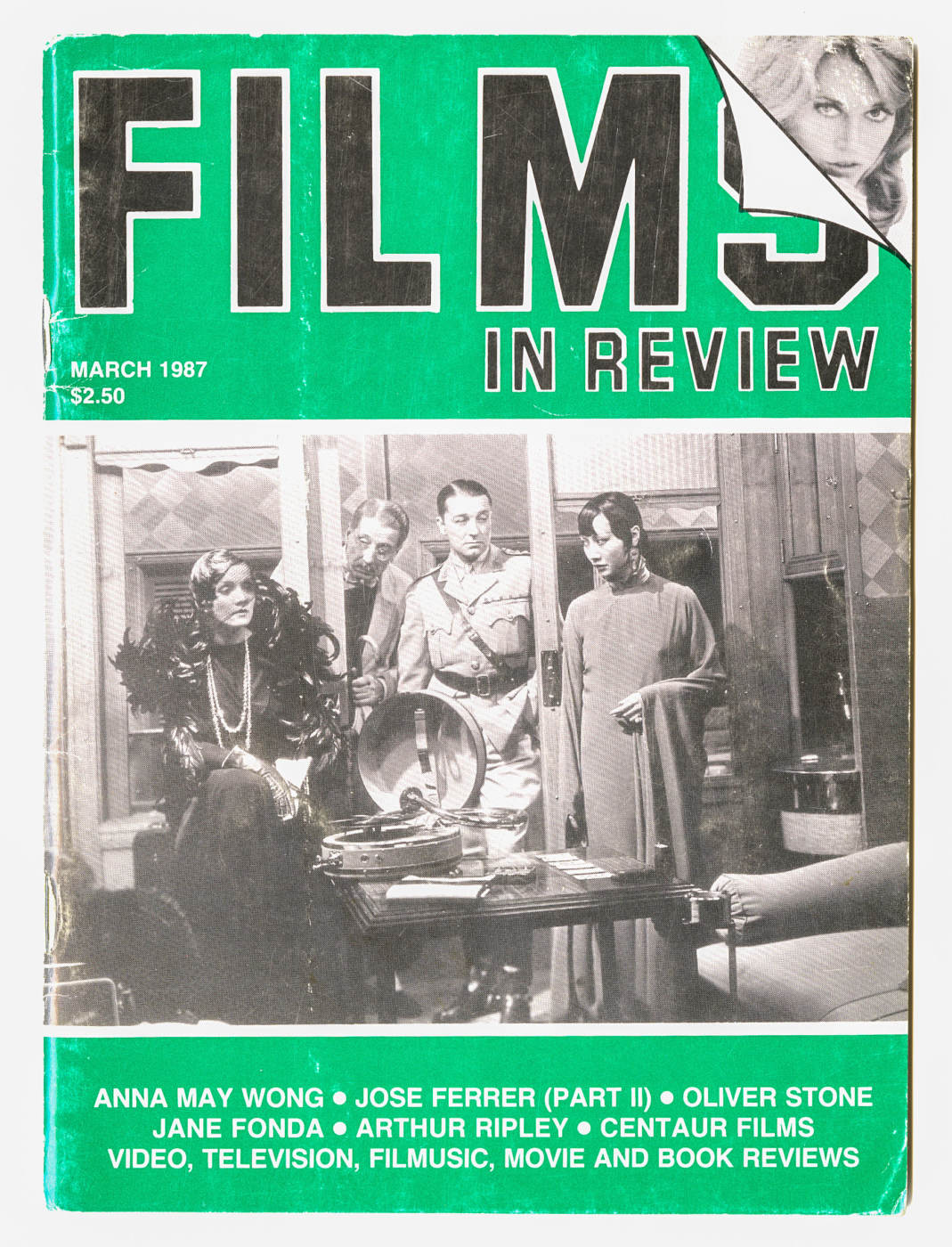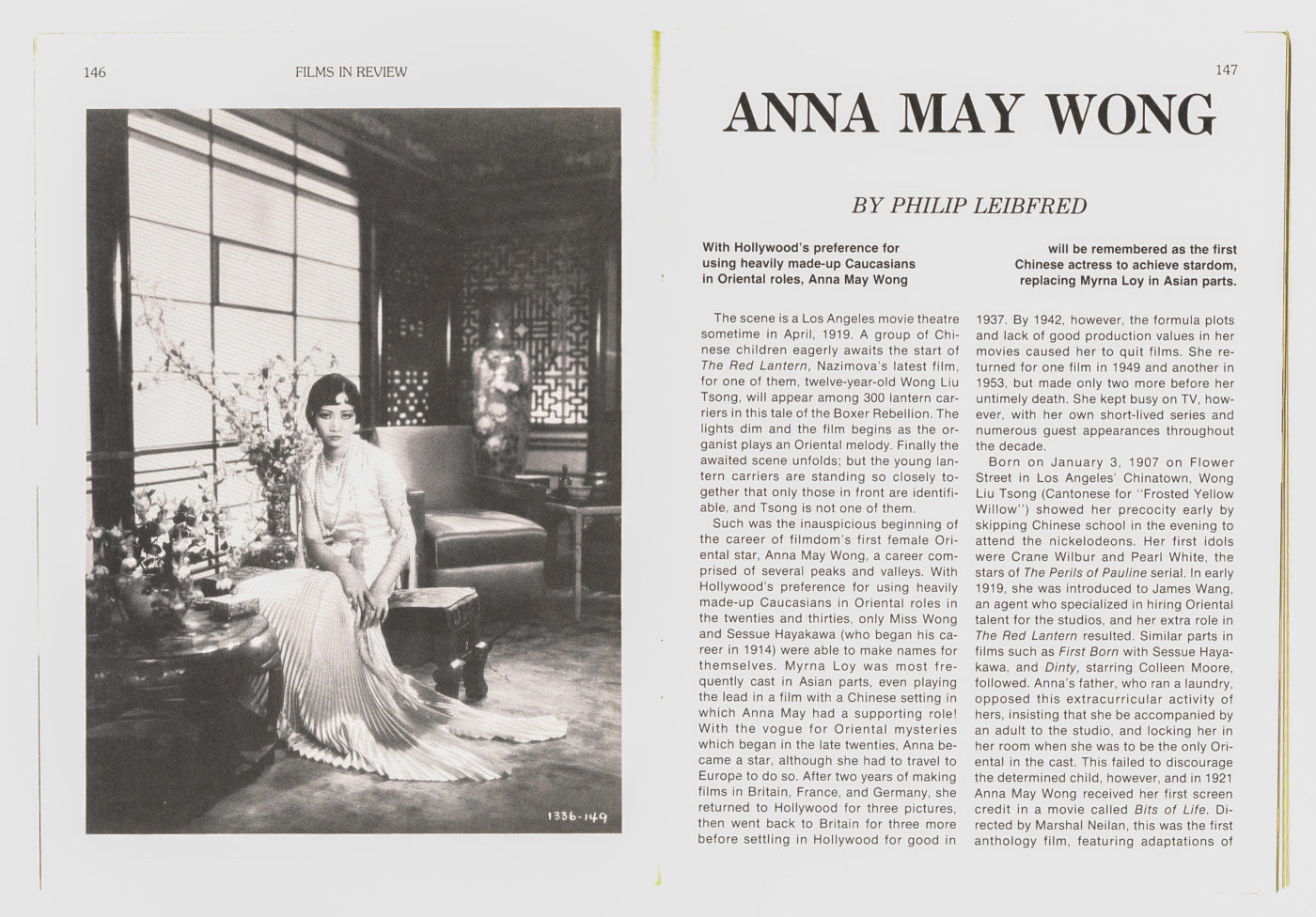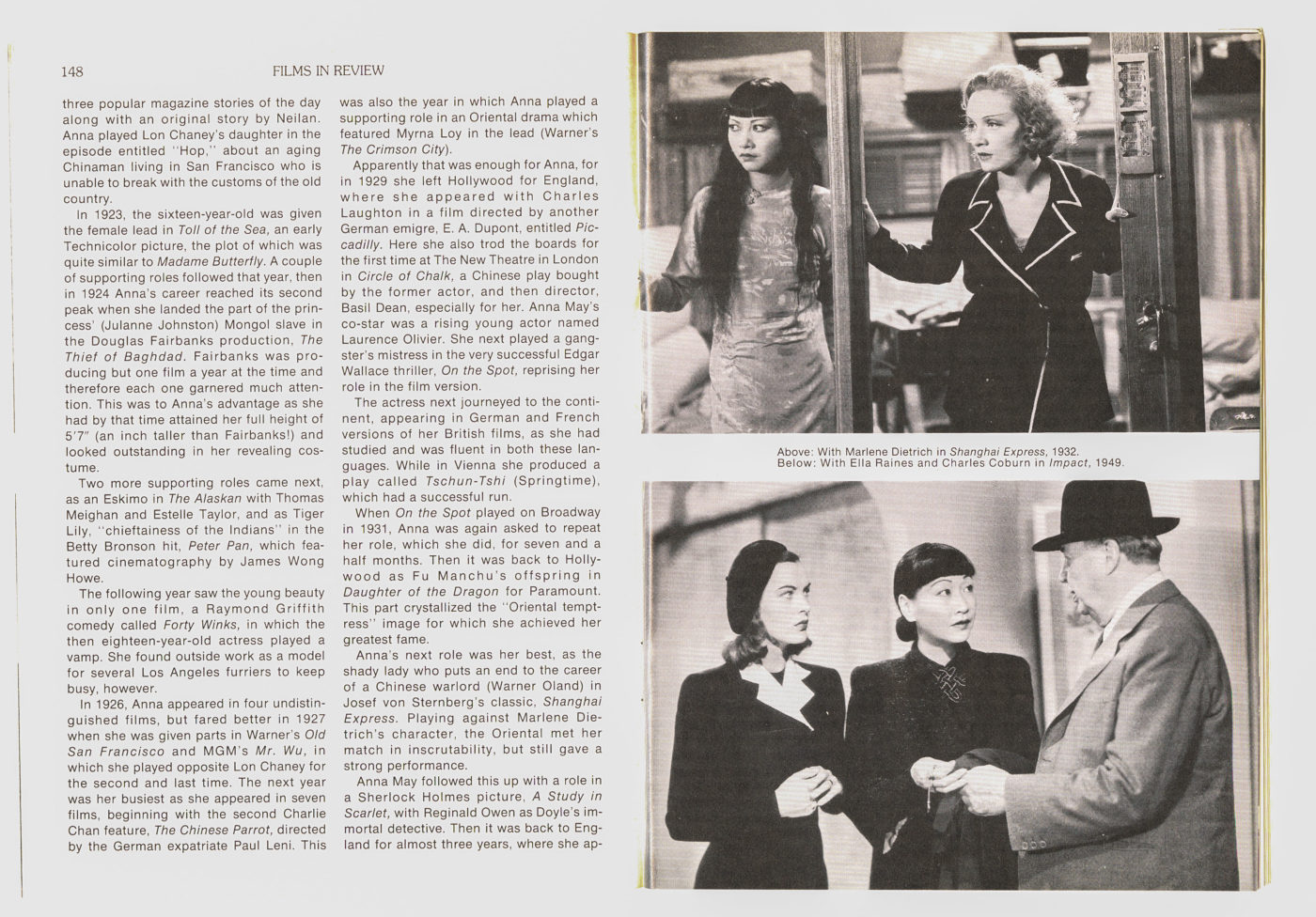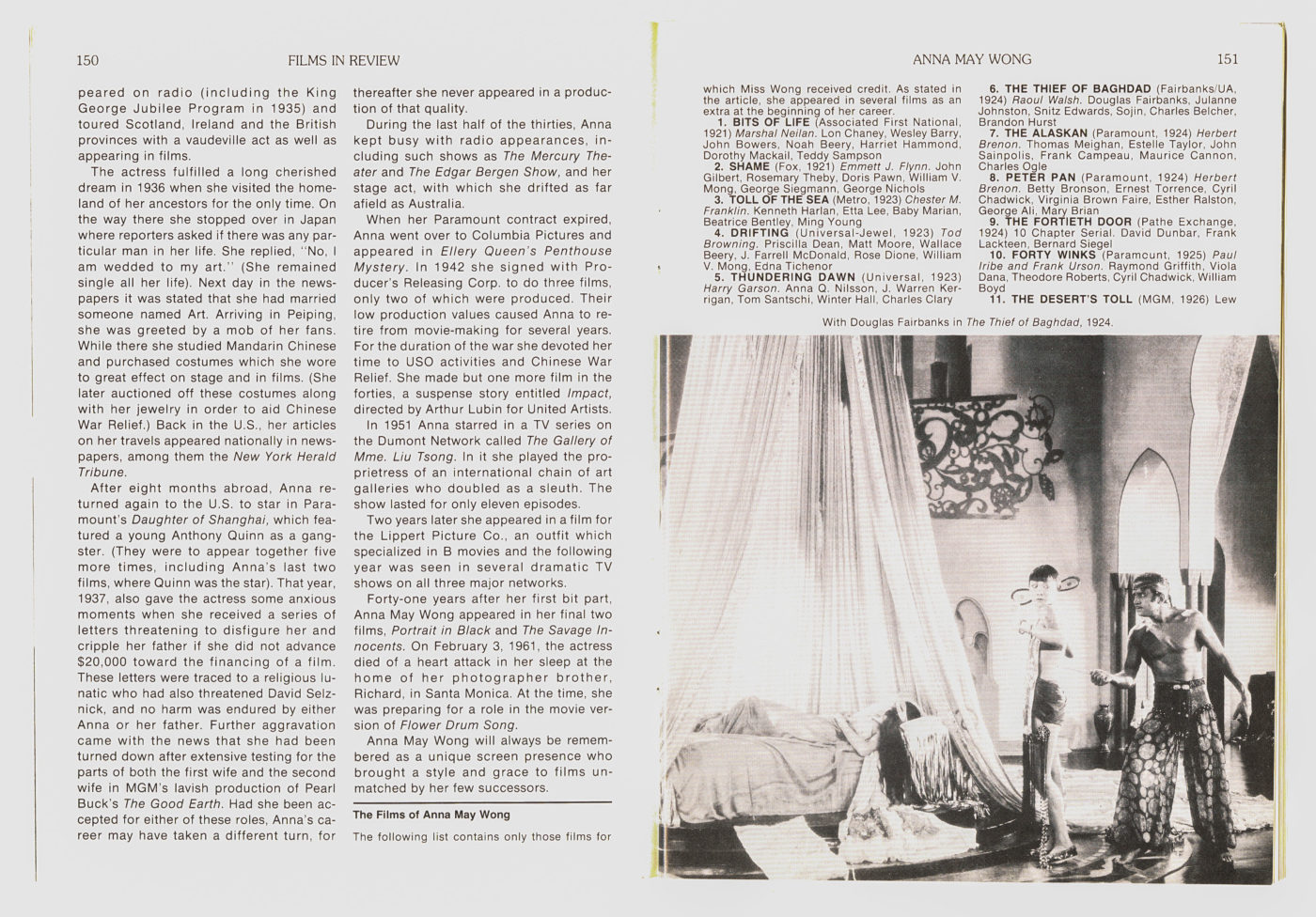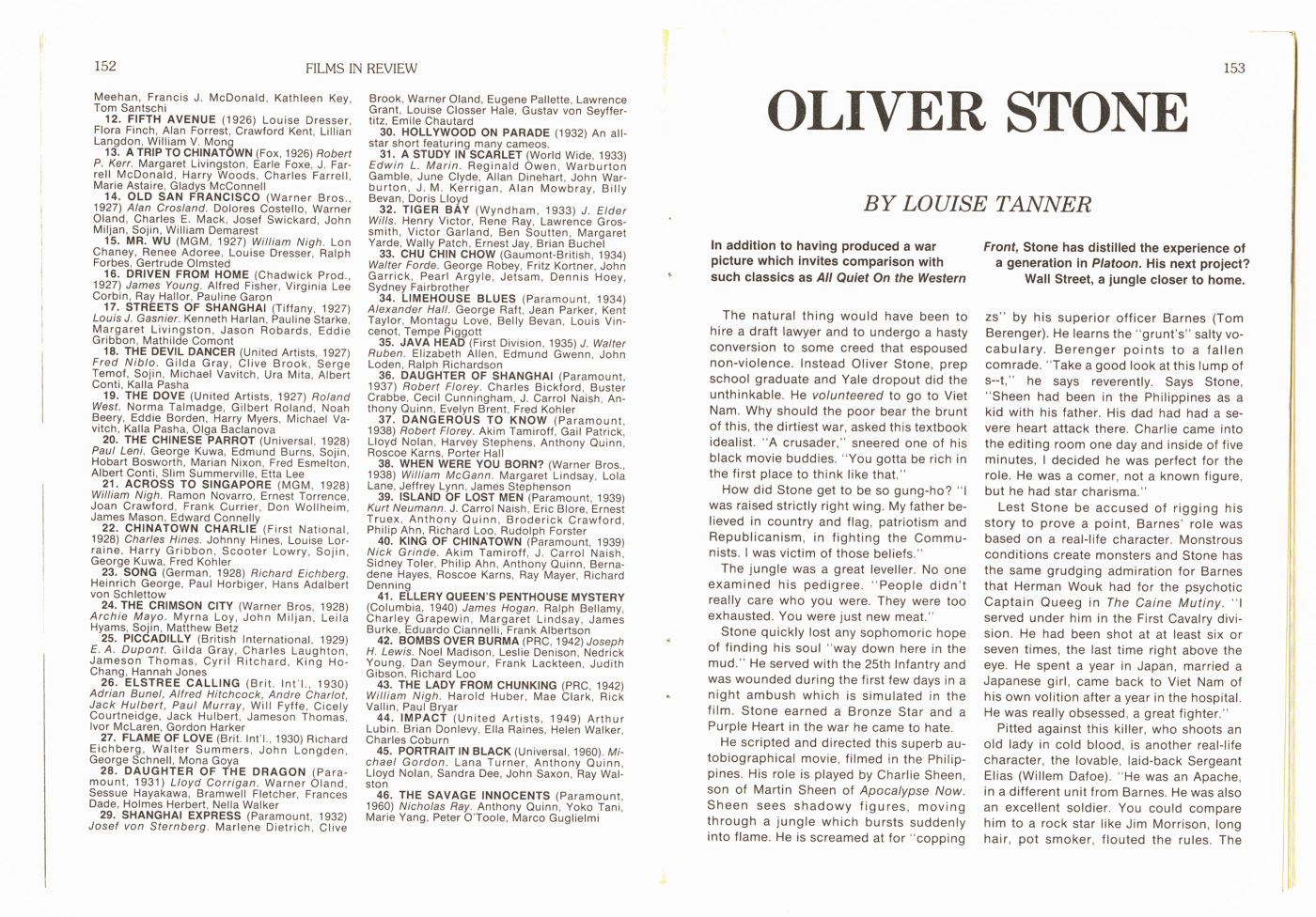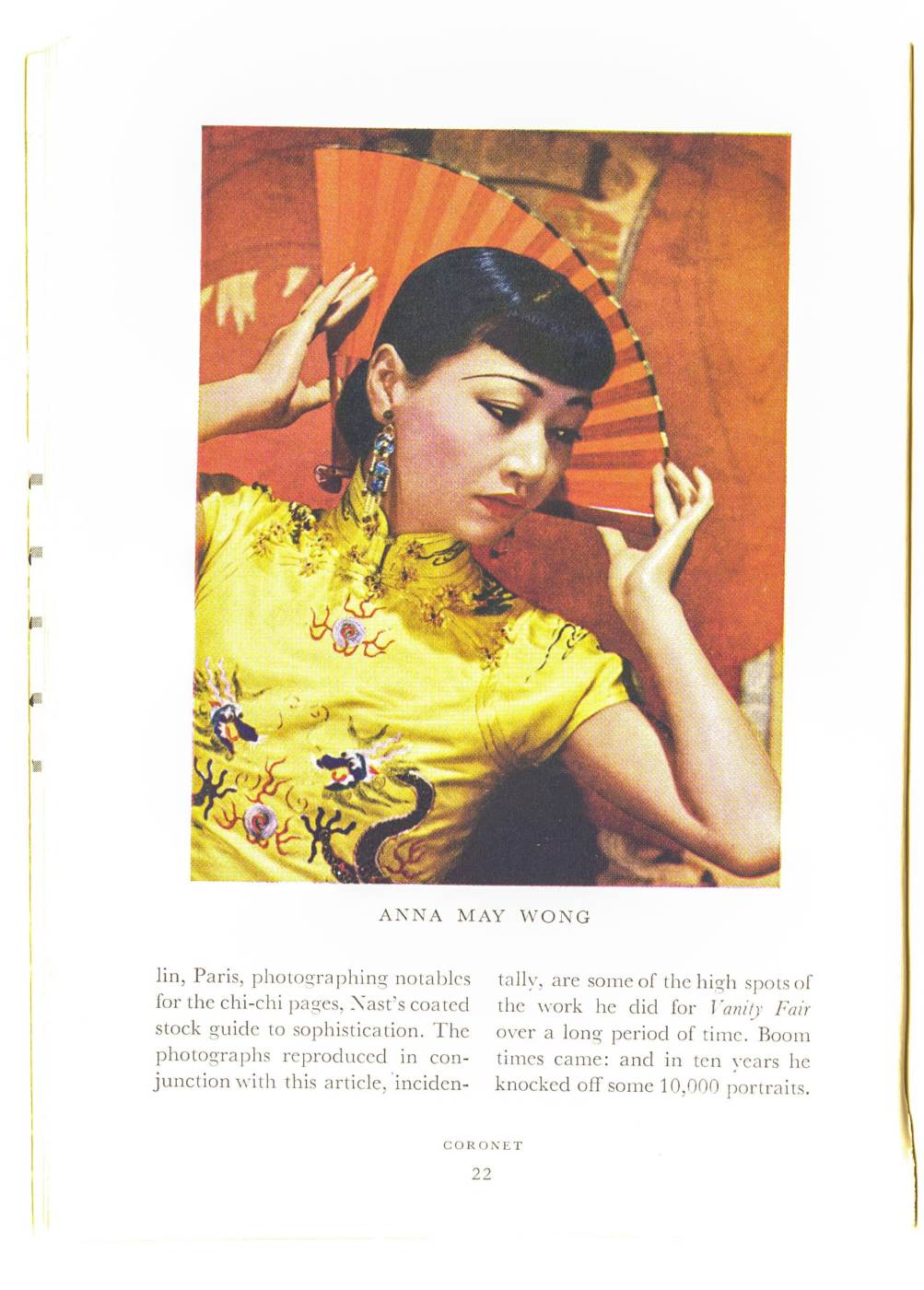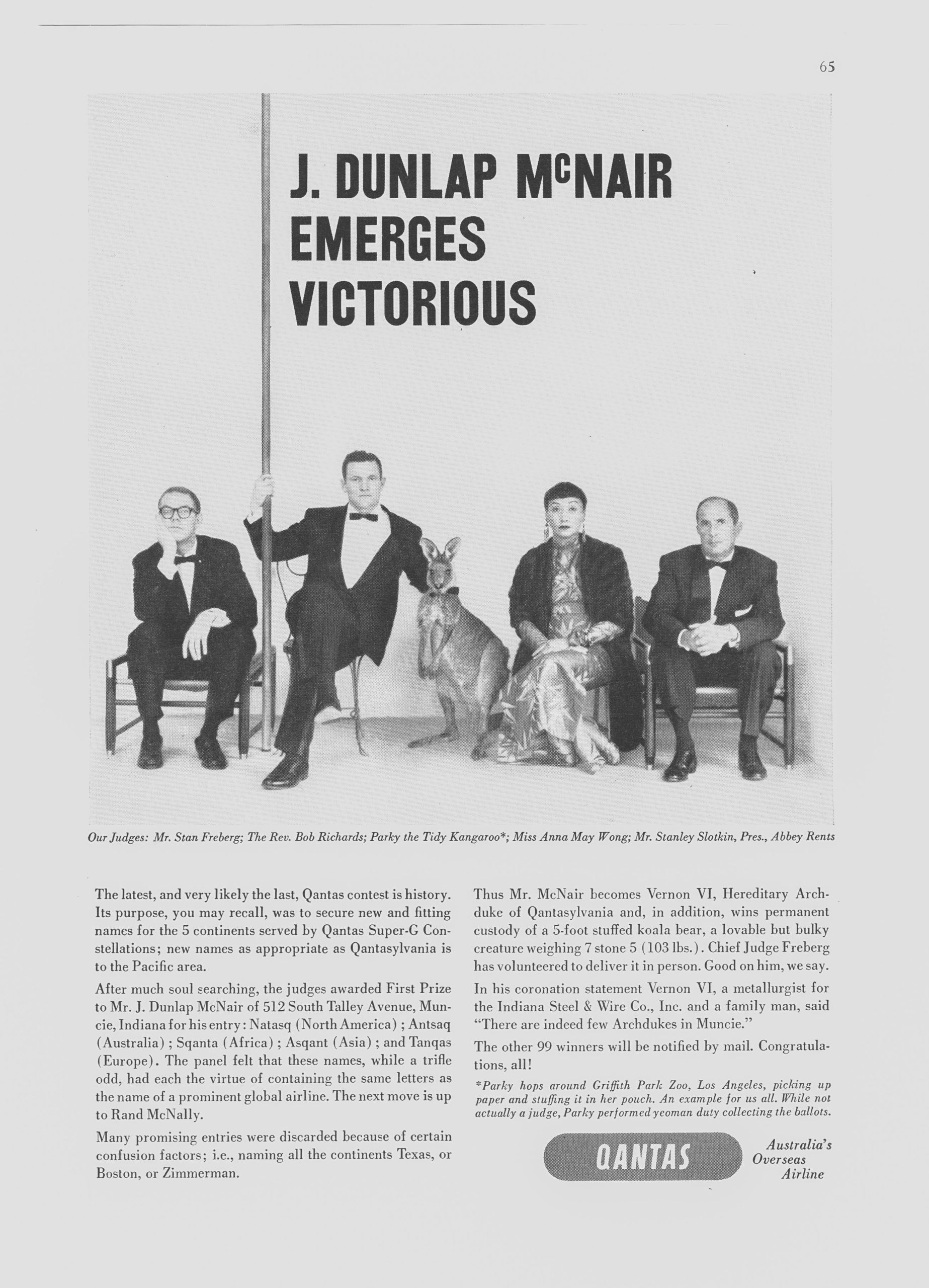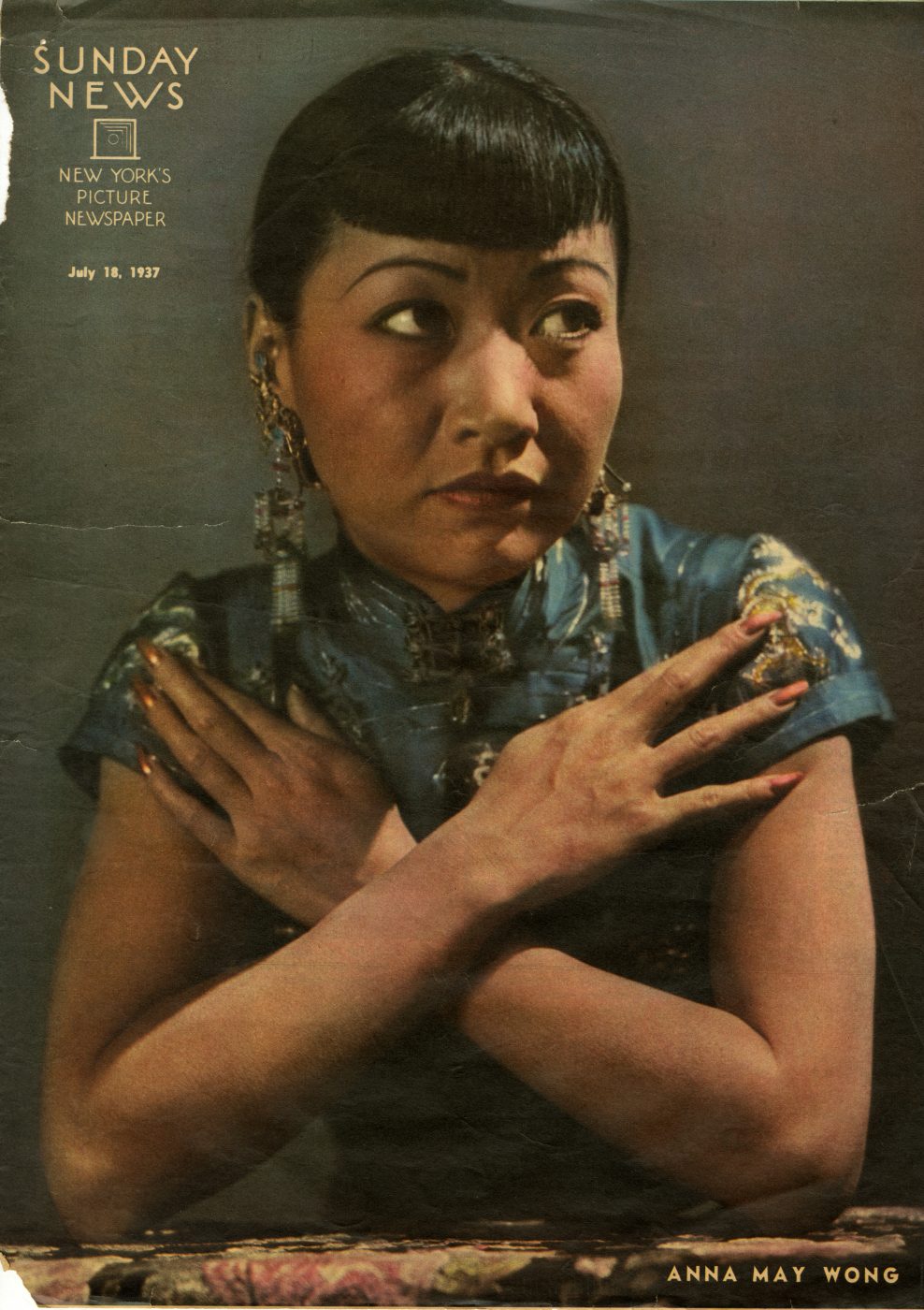This week, we feature the new Anna May Wong quarter that has come into our collections, the first minted coin of a famous Chinese American (and not the last, we hope). This particular example arrived to us from New Jersey, and was minted in Philadelphia. The back features her face propped on the back of her left hand with her name prominently displayed in all caps. This is then surrounded by the standard wording one would expect on a quarter. The letters JPM and ESD are engraved into the design and stands for John McGraw and Emily Damstra, the sculptor and designer for this coin, respectively.
COINcidentally, March is also Women’s History Month, therefore it is only fitting that we celebrate Anna May Wong’s accomplishments as the first Chinese American actress to achieve Hollywood and international stardom.
Wong Liu Tsong, more commonly known as Anna May Wong, was born in Los Angeles Chinatown in 1905, where she grew up and became enamored with motion pictures and acting. Anna May would begin her acting career as an extra in The Red Lantern at the age of 14 and continued taking extra roles until she was cast in a leading role in The Toll of the Sea (1922). Anna May would often audition for lead roles, but would, unfortunately, be cast into supporting character roles that often portrayed stereotypical Asian characters. The aforementioned lead roles would instead be given to non-Asian actors, as was the case with The Crimson City (1928), where Myrna Loy would play the lead role of an Asian slave. Due to this discriminatory nature of Hollywood (and the U.S. in general), Anna May would often leave for Europe where she would receive better roles and rise to great fame, but every time she returned to the States, her roles would remain stereotypical, and racist to an extent. Stereotypical roles that Hollywood wanted Anna May to play were typically the role of the erotic dancer/prostitute/mistress, the cunning villainess, or the dragon lady with movies such as Daughter of the Dragon (1931) and Shanghai Express (1931) coming to mind.
Nevertheless, Anna May’s success as an Asian American actress in the United States and abroad would pave the way for the next generation. And while she would often be shunned by the Chinese for her roles on screen, Anna May would often use her fame to advocate for better treatment of Chinese in America and garner support for China during the interwar and World War II periods.
